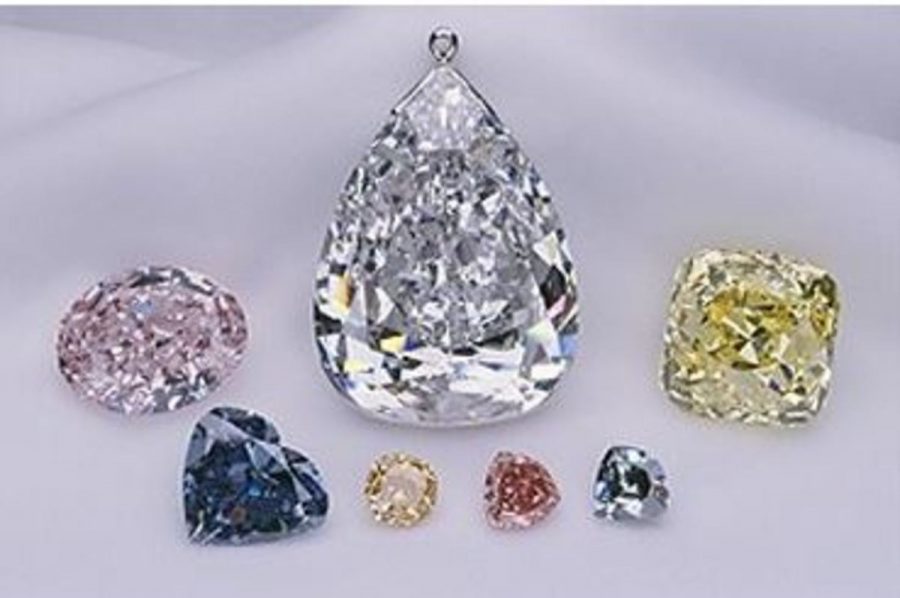‘Diamonds are a girl’s best friend’
Precious stone may provide medical breakthrough
October 21, 2015
A study published in the journal Nature Communications reveals how a nanoscale synthetic version of a diamond, called nanodiamonds, can highlight the presences of early-stage cancers in magnetic resonance imaging (MRI) scans.
Nanodiamonds, approximately four nanometers in diameter, are nontoxic and nonreactive.
Professor David Reilly from the School of Physics at the University of Sydney in Australia told NYCity, “We thought we could build on these nontoxic properties realizing that diamonds have magnetic characteristics enabling them to act as beacons in MRIs.”
He and his colleagues hyperpolarized the nanodiamonds, a process that aligns the atoms inside the diamonds to produce a signal for MRI scanners to detect. Attaching hyperpolarized diamonds to molecules that target cancer would allow the team to track the molecules’ movements within the body.
Sophomore Jasmine Male said, “It’s so cool how gems that we use as decoration in jewelry can be used to save lives.”
Lead story author Ewa Rej believes the findings could change the scope for early cancer diagnosis and treatment.
Rej said, “This is a great example of how quantum physics research tackles real-world problems, in this case opening the way for us to image and target cancers long before they become life-threatening.”
Researchers point out how synthetic diamonds could work just as efficiently as true diamonds.
The next step is to test the nanodiamonds to detect cancer in animal models.







